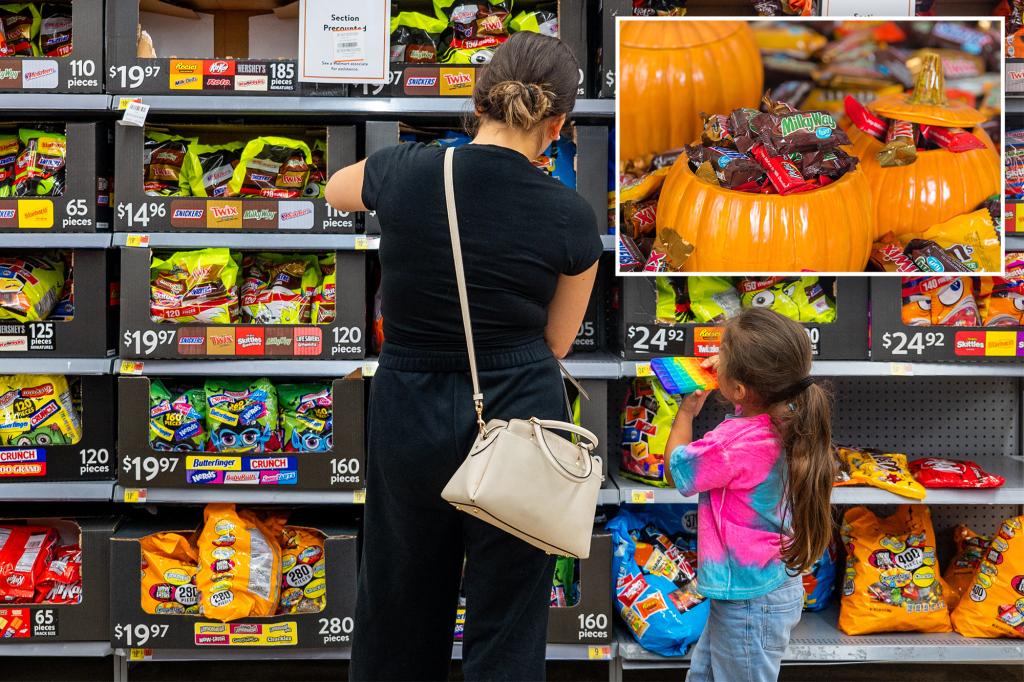Due to soaring cocoa prices, the candy industry is seeing a shift away from chocolate treats towards gummy, fruity, and sour candies this Halloween season. Companies like Mars, known for their chocolate products like Skittles and M&M’s, are expanding their offerings in these categories in response to increased interest from Gen Z and younger consumers. Although chocolate remains a popular choice, many companies are focusing on non-chocolate confections to capture sales growth at a lower price point. This shift is reflected in the variety and flavors of candies available, with gummies and fruity treats becoming more prominent due to their affordability compared to chocolate.
The increase in cocoa prices is attributed to three years of poor cocoa harvests, with a fourth expected, particularly in major African cocoa-producing regions like Ivory Coast and Ghana. Cocoa is a crop that requires specific conditions to grow, making it vulnerable to price fluctuations when faced with challenges like adverse weather or supply chain disruptions. Leading chocolate companies like Hershey have been impacted by the surge in cocoa prices, with Hershey’s president acknowledging that the current prices are not sustainable. Despite the challenges, chocolate companies are finding ways to navigate the situation, such as adjusting product sizes or incorporating other flavors or textures to maintain affordability for consumers.
Experts predict that cocoa prices are unlikely to decrease until at least September 2025, meaning that retailers, manufacturers, and consumers will continue to feel the effects of the high prices for the foreseeable future. In response to the ongoing price challenges, chocolate companies are making strategic changes to their products, such as reducing the size of packaging or adding additional fillings to offset the high cost of cocoa. These adjustments, known as “shrinkflation,” allow companies to maintain product quality while managing rising costs, ensuring that chocolate remains a viable option for consumers despite the price challenges.
While chocolate is still a top-selling category in the candy industry, the increase in cocoa prices has prompted companies to diversify their offerings with more affordable non-chocolate confections. Retailers and manufacturers are adapting to the changing market dynamics by introducing new gummy, fruity, and sour treats that appeal to a wider range of consumers, particularly those looking for budget-friendly options. Despite these changes, chocolate remains a popular choice for Halloween and other occasions, with companies like Hershey continuing to offer a variety of chocolate products while also exploring alternative options to address pricing concerns.
As cocoa prices continue to impact the candy industry, companies are exploring innovative solutions to maintain profitability and affordability for consumers. By diversifying their product lines and making strategic adjustments to product offerings, chocolate companies are adapting to the challenges posed by rising cocoa prices. While the outlook for cocoa prices remains uncertain, experts are hopeful that improved weather conditions will eventually lead to a decrease in prices, providing relief to both chocolate companies and consumers. In the meantime, the candy industry is undergoing a period of transition, with a greater focus on non-chocolate confections to meet consumer demand and navigate the challenges of the current market landscape.


